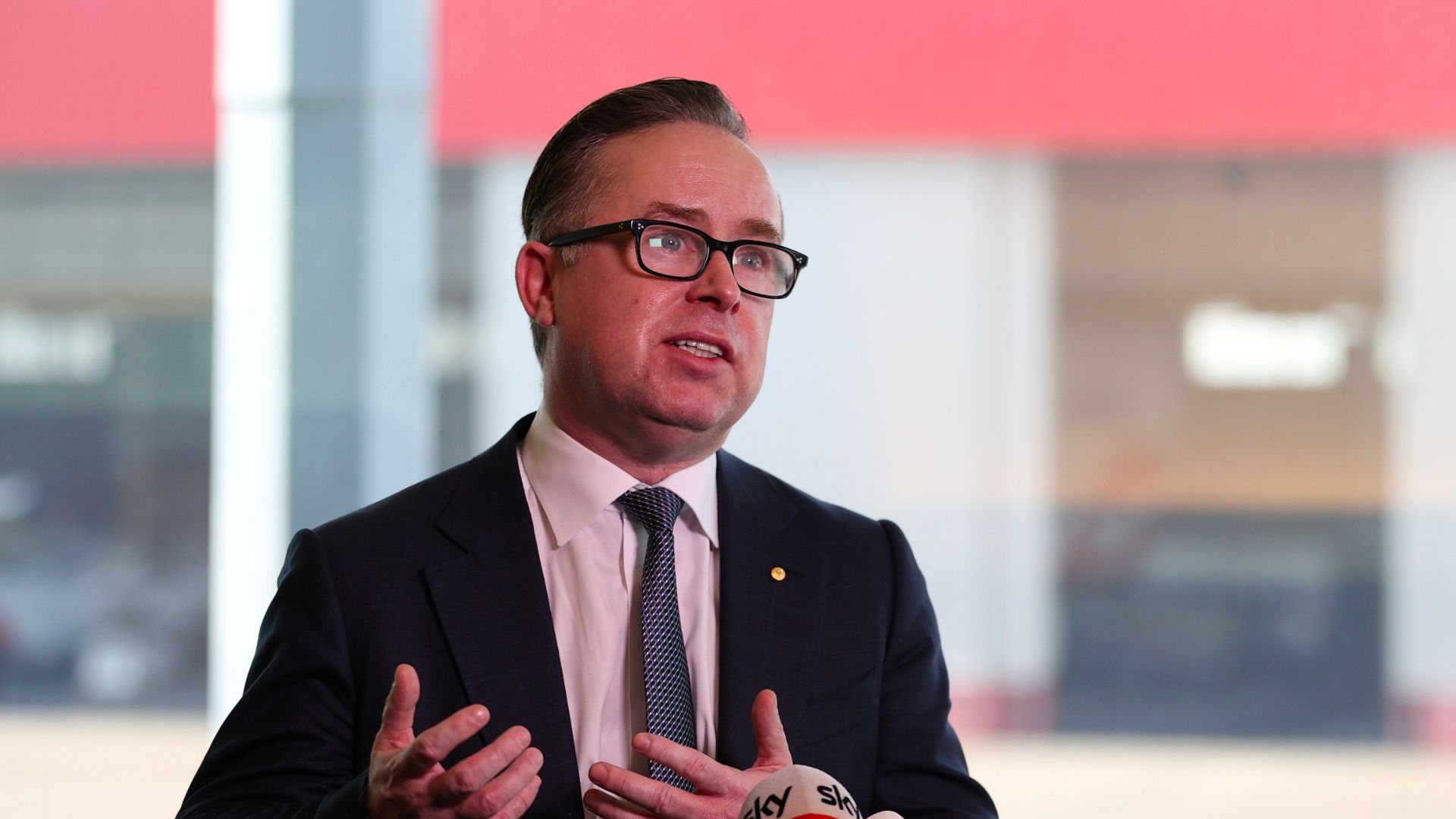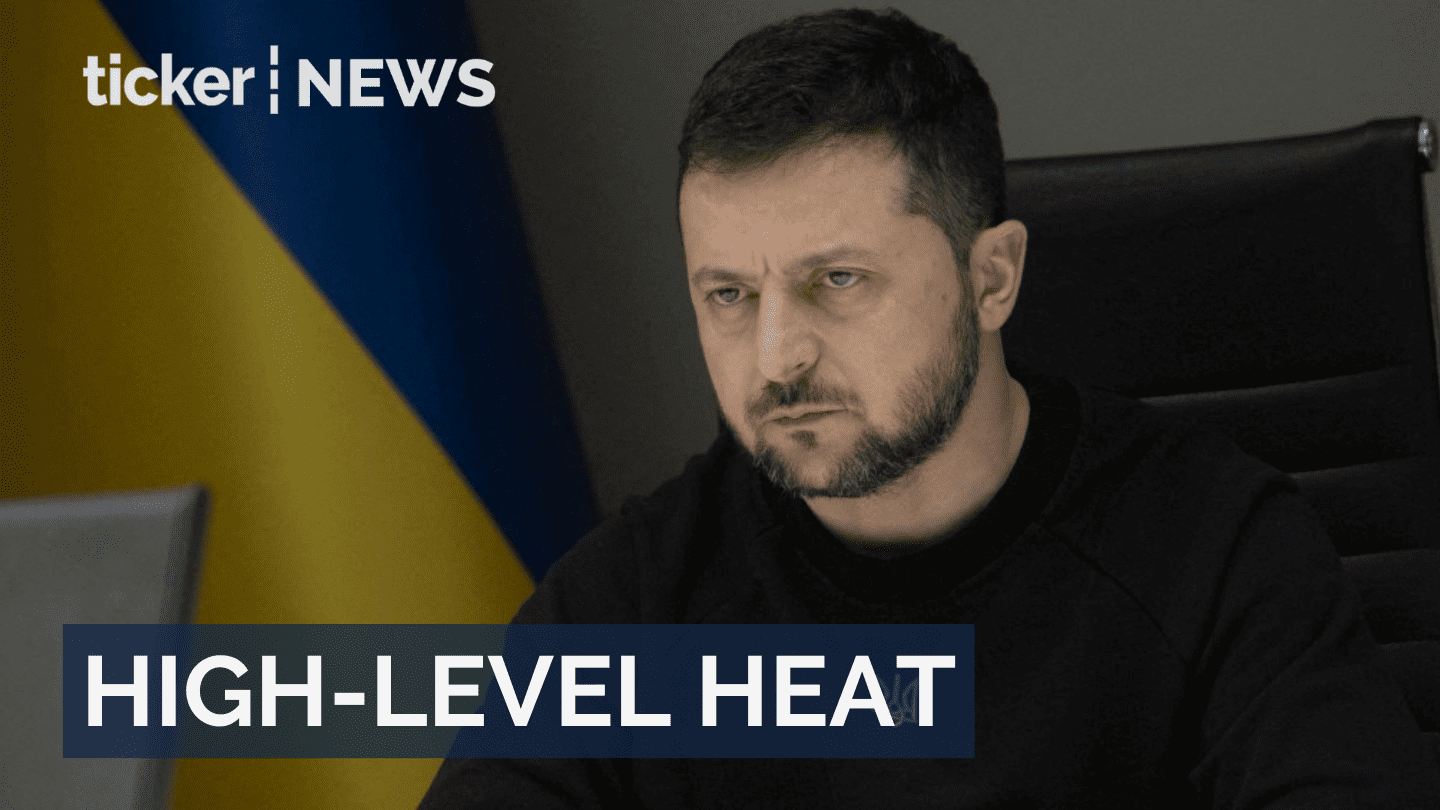Alan Joyce, the long-serving chief executive officer of Qantas Airways, has announced his early retirement, with the airline’s board fast-tracking the leadership transition by two months.
Originally slated to retire at the end of the year, Joyce’s departure will now take place on Wednesday.
The Qantas board made this decision public through an announcement to the Australian Securities Exchange (ASX) on Tuesday morning.
The immediate successor to Joyce, Vanessa Hudson, will officially assume her new role as managing director and group CEO on Wednesday.
Joyce explained his decision to expedite his retirement, citing the recent scrutiny of the airline’s conduct and its imperative need for renewal.
In a statement released by Qantas, he expressed his belief that this move was in the best interest of the company. “In the last few weeks, the focus on Qantas and events of the past make it clear to me that the company needs to move ahead with its renewal as a priority,” he stated.
Joyce has had a remarkable 22-year tenure at Qantas, serving as its chief executive for the past 15 years. Through the ups and downs, he says he leaves the airline with a sense of pride, acknowledging that there is still much work to be done, especially in ensuring the continued satisfaction of Qantas’ loyal customer base.
“There have been many ups and downs, and there is clearly much work still to be done, especially to make sure we always deliver for our customers,” he said.
“But I leave knowing that the company is fundamentally strong and has a bright future.”
Richard Goyder, chairman of Qantas, commended Joyce’s unwavering commitment to the airline. Goyder stated that Joyce had consistently placed the best interests of Qantas at the forefront of his leadership.
Joyce’s decision to expedite his retirement and the seamless transition to Vanessa Hudson as the new CEO marks a pivotal moment in Qantas’ history.
The airline, like many others in the industry, has faced numerous challenges in recent years, including the global pandemic’s impact on travel.
As Vanessa Hudson assumes her new role, the focus will be on charting a course for Qantas in a rapidly evolving aviation landscape.
Share pressure
Qantas Chairman Richard Goyder faces mounting pressure to clarify CEO Alan Joyce’s substantial compensation package amid the airline’s tarnished reputation.
Questions also loom about the board’s rationale for granting Mr. Joyce permission to sell 2.5 million Qantas shares in June and their awareness of investigations into the sale of “ghost flight” tickets.
The Australian Competition and Consumer Commission (ACCC) is pursuing a lawsuit against Qantas for alleged misleading and deceptive conduct regarding the sale of thousands of tickets for flights that were subsequently cancelled between May and July last year.
In June, Mr. Joyce sold his shares for $17 million, but since then, various factors, including the ACCC case, have driven down Qantas’ share price by 7%, now standing at $5.60. This means Mr. Joyce would have earned $3 million less if he had sold the shares today.
There are no allegations of wrongdoing against Mr. Joyce or any board member.
According to an insider, the severity of the ACCC allegations only became apparent in recent weeks.
Previously, Mr. Joyce had described the share sale as a “personal purchase.”





 Shows4 days ago
Shows4 days ago


 News4 days ago
News4 days ago


 News2 days ago
News2 days ago


 News4 days ago
News4 days ago


 Leaders3 days ago
Leaders3 days ago


 News4 days ago
News4 days ago


 News3 days ago
News3 days ago


 News3 days ago
News3 days ago






